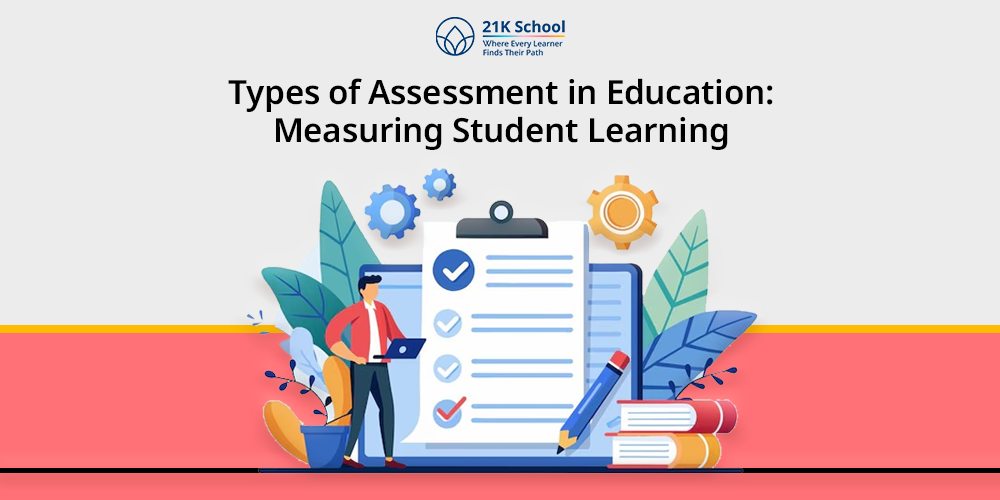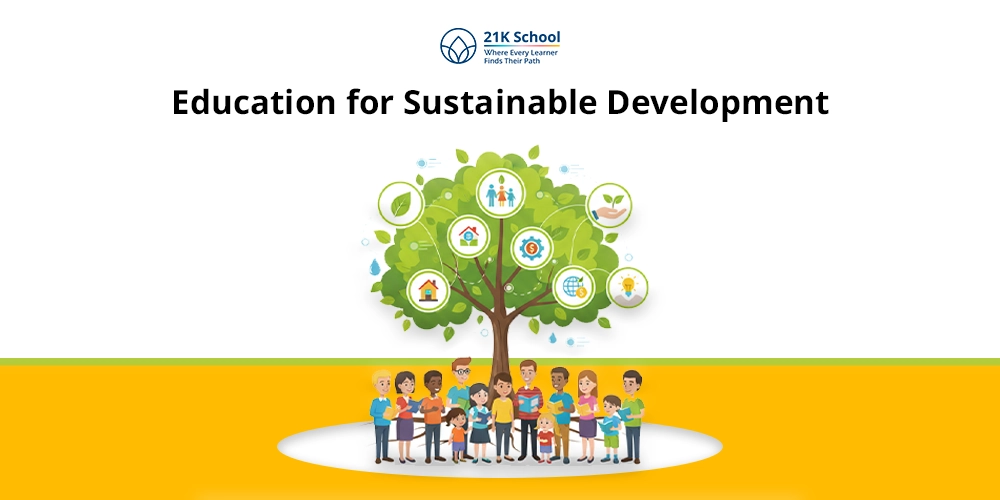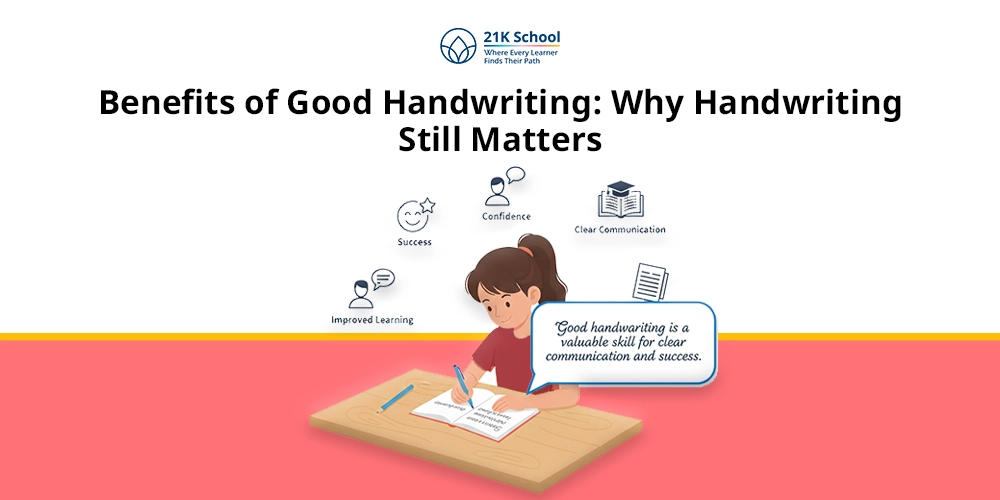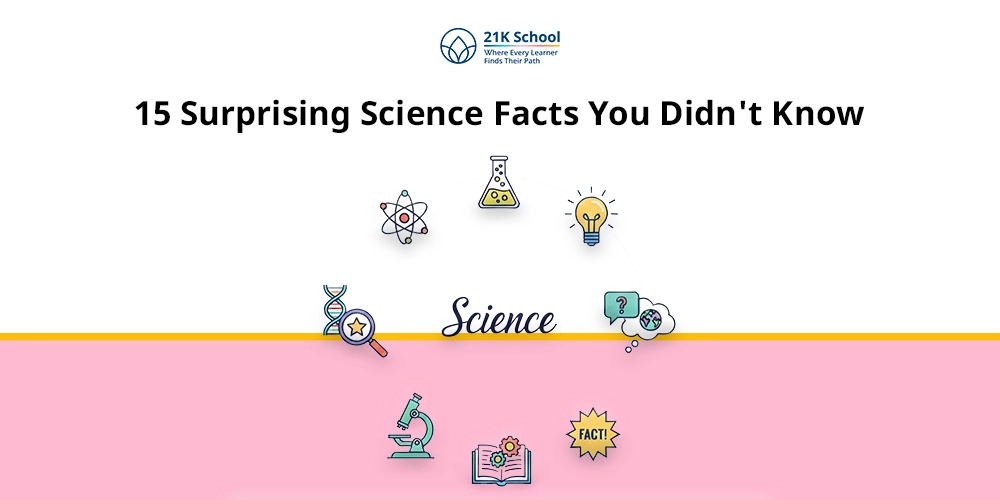
Education is not limited to continuous learning and teaching textbook information. It also requires assessments to understand whether information is properly gained or retained.
Assessment is one of the crucial parts of schools and it ensures to align with learning to meet the goals and analyse the progress of each student.
However, these assessments are different in different methods of learning. For example, learners in Preschool, Class 10th, Class 12th or in University assessment are designed and customised accordingly.
It helps the facilitator to strategies the teaching method and align classes according to learners’ needs. Here, we will discover 12 different types of assessment in education, their meaning, examples, and benefits.
Table of Contents
What Are Assessments in Education?
Assessment in education means an accurate procedure of collection, analysis and use of academic information of students learning, skill and knowledge.
It defines what students already know and how facilitators can help in their weaknesses to achieve desired results.
It is a continuous process done by a facilitator for each student with the help of quizzes, tests, experiments, practicals etc to provide feedback.
12 Different Types of Assessment in Education
Education mainly works on different types of assessment to provide accurate information about learners’ progress.
Given below is detailed information about 12 types of assessment in education:
1. Diagnostic Assessment
- Meaning: In education, diagnostic assessment means a pre-evaluation process in which the facilitator identifies the learner’s strengths, weaknesses, skills and knowledge.
- Example: A pre-test before starting a chapter in mathematics to see what students already know about fractions.
- Benefits: Early identification of learning gaps, time saving, help facilitator to plan as per learners need.
2. Formative Assessment
- Meaning: It is a continuous process where individuals monitor students throughout the learning and provide feedback to improve.
- Also, explore various formative assessment tools in learning.
- Example: Quizzes, classroom polls, or short written reflections given during a lesson.
- Benefits: Get immediate feedback, active participation of learners, help facilitators to manage instruction in real time.
3. Summative Assessment
- Meaning: In this type of assessment teachers monitor the students at the end of a unit, term, or academic year. Summative assessment is mainly a test or score achieved.
- Example: Final exams, end-of-term projects, or standardized board exams.
- Benefits: Examine overall growth and achievement, effective for comparison in different students, provide accountability for both facilitator and learners. Explore the importance of examinations.
4. Norm-Referenced Assessments
- Meaning: This type of assessment is popular because it compares the large performance with that of a larger group or norm. It is based on the ranking of common examples including standardized tests such as college entrance exams etc.
- Example: Standardized aptitude tests like the SAT or IQ tests.
- Benefits: Identify students above and below average performance, Useful for selection and placement decisions, performance comparison.
5. Criterion-Referenced Assessments
- Meaning: The criterion-referenced assessment evaluates under proper standard set or specific learning criteria rather than comparing with others.
- Example: A driving test where passing depends on meeting predefined skill standards.
- Benefits: Focus on specific objectives for mastering learning, encouraging progress and participating in competition.
6. Interim Assessments
- Meaning: During the learners’ academic years, interim assessments are checked in frequent intervals to measure the progress and predict the result in the final examination.
- Example: Quarterly tests or mid-term exams in schools.
- Benefits: Track progress in depth, identify the risk and provide data for instructional planning in detail.
7. Formal Assessment
- Meaning: A structured, documented evaluation known as formal assessment is measured with specific scoring criteria.
- Example: Standardised tests, official school exams, or professionally graded essays.
- Benefits: Easy to record and track, measurable outcome, recognised by higher authorities and institutions.
8. Skill Assessment
- Meaning: In this assessment facilitators mainly look at practical experience and competencies in a particular domain.
- Example: A coding test for computer science students or a speaking test in a language class.
- Benefits: Theoretical knowledge in real life scenario, define practical strengths and weaknesses, suggest how to prepare for a career.
9. Peer Assessment
- Meaning: One of the popular types of assessment helps students to review, analyse and give feedback to each other’s work based on criteria set by the facilitator.
- Example: Students reviewing each other’s essays or presentations in class.
- Benefits: Develops critical thinking skills and evaluative skills, environment for teamwork and collaboration, various perspectives in one task.
10. Ipsative Assessments
- Meaning: Ipsative assessments are one of the effective processes in which learners’ current performance with their past performance. It mainly focuses on personal growth and development of a child instead of comparison.
- Example: A student tracking their improvement in reading speed over the semester.
- Benefits: Learners set personal goals, self-motivation and self-improvement, reduce unhealthy competition.
11. Self-Assessment
- Meaning: Self-learning offers students the opportunity to design self-assessment where kids evaluate their own performance under certain criteria.
- Example: Learners filling out reflection forms after completing a project to identify strengths and areas to improve.
- Benefits: Promote self-awareness and responsibility, encourage independent learning for better understanding of topics, promote self-taught concepts.
12. Performance-Based Assessment
- Meaning: In performance-based assessment learners need to apply the knowledge learned into real world situations. Practical labs are the best way to do so.
- Example: Science experiment, a debate or a group project presentation.
- Benefits: Practical application of knowledge, problem-solving skills and creativity, prepare for real world challenges.
Conclusion
Assigning assessments to learners is more than a task, it is a vital way to measure each individual’s growth throughout the year and more.
However, selection of the right type of assessment helps both facilitator and learners to understand their strengths and weak areas.
The above mention 12 types of assessment ideal for different grades of students which serves a unique purpose in the learning cycle.
Facilitators using a balanced combination of the above mentioned assessment types create a holistic learning environment in which one can evaluate and grow better.



